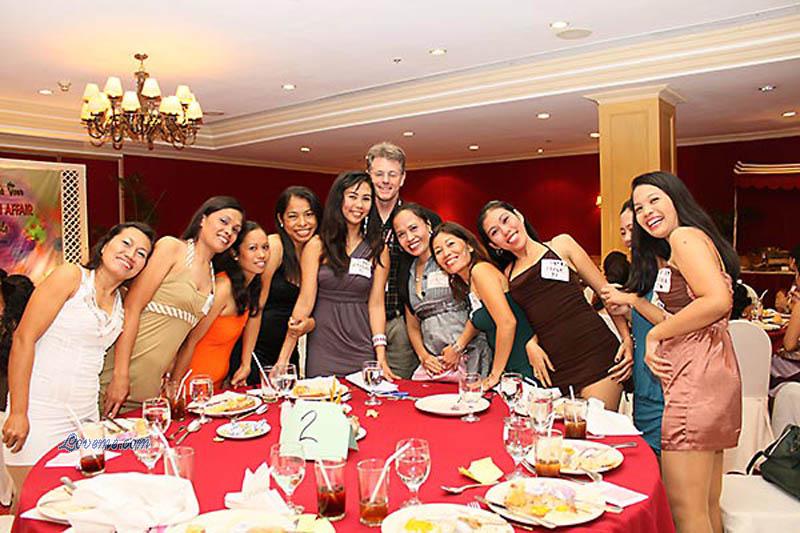Much more generally, little is well known about inter-private contacts apply to divorce or separation, and you may past literature hasn’t searched this new greater likelihood of people-to-person-to-individual effects toward divorce or separation, although the logic of such studies seems obvious. If one person’s separation and divorce influences another’s likelihood of initiating marital disturbance, why won’t eg outcomes diffuse as a consequence of community inside an even more widespread manner?
The fresh relationship between the separation condition of people linked to for every most other, and clustering out-of divorce case within this a social network, would be caused by about around three procedure: 1) determine otherwise contagion, whereby one person’s split up encourages otherwise prevents split up in other people; 2) homophily, by which those with an equivalent split up condition select one a different sort of since the nearest and dearest and become connected (i.age., the tendency out-of like to attract such as for instance) (McPherson ainsi que al. 2001); or 3) confounding, where connected anybody jointly feel contemporaneous exposures (such as for example an economic downturn otherwise co-home inside a rich people) you to determine the chances of divorce. To acknowledge of these consequences demands constant steps regarding divorce proceedings (Carrington ainsi que al., 2005), longitudinal facts about community ties, and facts about the nature or advice of one’s ties (e.grams., just who selected which due to the fact a pal) (Fowler & Christakis, 2008b; Christakis & Fowler 2013).
There’s two facts here, a few distinctive line of ways that social networks you will apply to divorce or separation chance. Earliest, the structure of your circle where one is embedded is also by itself apply to danger of breakup. Such as for sugardaddymeet dating instance, more new transitivity of one’s system around a married few (the greater amount of people they know are family collectively), the low its risk of separation will be (similar, such as for example, into the perception Bearman and you can Irritable found when it comes to committing suicide chance for the teenage girls (2004)). Or, perhaps, the greater amount of peripheral a couple is in the social network, the more their chance of splitting up would-be. Second, aside from design, techniques out-of public contagion you certainly will jobs within the network. Here, the issue is what kinds of attitudes and behavior are evinced by the one’s circle neighbors, and just what outcomes this type of could have. So, the more the fresh new incidence from divorce proceedings among an individual’s members of the family, the higher the likelihood you might follow fit. Earlier in the day focus on the way the buildings out-of internet sites affects divorce chance is limited. Similarly, prior work with how attitudes to your splitting up might diffuse compliment of societal sites is also scarce.
Community Structure and Divorce case

Current literary works toward separation offers particular research regarding the perception of societal assistance channels towards likelihood of marital rupture. Specific old performs suggests that partners which display an equivalent family relations are less likely to get divorced compared to those that do perhaps not (Ackerman, 1963). Other lookup off a nationally member shot suggests that weaker community ties so you can a person’s partner increase chance for relationship infidelity, a factor that predisposes couples to split up (Treas & Giesen, 2000). As Booth et al. (1991, 222) write: effortless embeddedness throughout the public towel out-of society is almost certainly not sufficient to describe as to why specific marriages survive while others break up.
Which, practical question stays if experience of anyone else reinforces a choice by disappointed spouses to stay in suboptimal dating, or if deeply engaged friends rather potentiate fissure such relationship, to some extent giving better forms of support
To examine far more subtle areas of the latest determine off systems on the relationships, even more really works has actually explored a more nuanced characterization out of social networking support, examining different varieties of matchmaking. Bryant & Conger (1999) analyzed three sorts of dictate to look at whether circle service helps encourage two to keep to one another or as an alternative pushes all of them apart. Basic, they learnt additional service to your relationship off friends and family to see whether or not approval into the matchmaking provides a significant predictor out-of dating achievements, as the specific before performs suggested (Johnson & Milardo, 1984). Second, they examined whether or not common social media connections improved relationship pleasure, including whether or not taste per other people’s friends can be increase marital delight. Last, it examined whether private support inside the matchmaking increased possibility to possess relationship profits. An essential aspect from the history parts describes a feeling off reciprocal equivalence throughout the relationship, or if one individual feels he or she gets more than another into the context of relationship. Surprisingly, just external help out of family and friends predicted ined.
